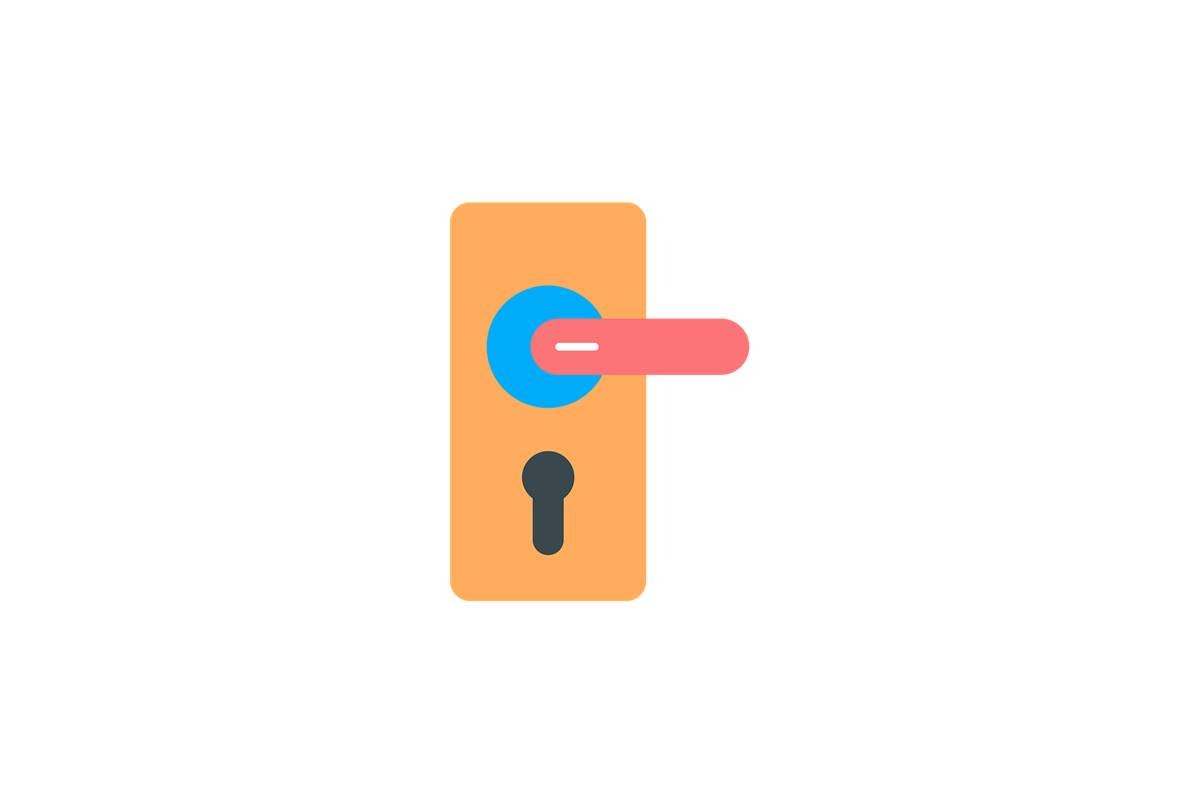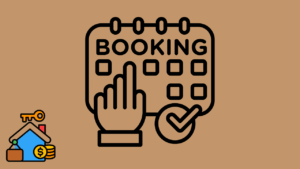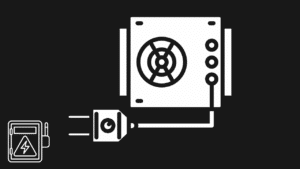One of the easiest ways for hackers to get into an organization’s sensitive data is by simply guessing someone’s password. Sure, this might be oversimplifying it, but most data breaches are the result of a compromised password. That’s why it’s important to have good password management practices to ensure that your passwords are secure. Nowadays, many workplaces use several programs and software, meaning every staff member has several passwords. This environment is ripe for abuse, but following these password security management best practices will help protect your data.
Why Password Security Still Matters
Despite innovations in biometric authentication and single sign-on (SSO), passwords remain the default method of access control for the vast majority of systems. According to Verizon’s Data Breach Investigations Report, over 80% of hacking-related breaches involve stolen or weak credentials.
Poor password habits persist due to:
- User resistance to complexity
- Overload of accounts and logins
- Lack of visibility into policy enforcement
- Overreliance on memory or insecure storage
To maintain secure systems, businesses must focus on both technology and behavior. Security is only as strong as the weakest login.
Make Sure They Are Strong Enough: Password Security Practices
Do you know how many people in your organization are using their first pet’s name and 123 as their password? It might be more than you think if you aren’t tracking it. If your staff are not well on security threats, then they may think that some obscure information from their childhood will make a strong enough password. However, hackers are resourceful, and those simple words will not cut it.
If your staff is choosing their own passwords, they should at the very least have upper and lower case letters, at least one number, and at least one special character. For extra security, the number and special character should appear anywhere but at the end, since that’s the most common spot.
However, that is the bare minimum. Even better would be to have a random password generated by a password management software. That way there’s no easy way for anyone to guess it, and it’s not something that a staff member could easily slip up and let out.
Different Passwords for Everything
Remember your staff member’s childhood pet? Not only is it often a password, but it is also for everything they access. Whether it is emails, your CRM, or staff files, they are using the same password and possibly substituting in different numbers for each one. This means that if their password were to compromise, then everything could be susceptible to a breach.
There should be a different password for everything that they use. This includes native software and software services that they might access. If there is a breach with a cloud software service, then you do not want the hackers to be able to access everything else you have.
Regular Change: Password Security Practices
Passwords should not be permanent, even if they are randomly in generation and very strong. You should change passwords on a regular basis. This can be once a year or even every six months. It’s always better to make wholesale changes and not small ones. Many people will have a word followed by a number, and add 1 to the number as their required change. This is not secure.
This is also where random passwords come in handy. It’s too easy to make a small change and move on with whatever you were doing. By requiring random passwords, your staff will understand that they have to take the right steps to keep passwords secure.
Be Diligent With Staff Changes
Many of the software programs we use at work are cloud. That means that they can access by anyone that has an internet connection. If an employee leaves your organization, it’s crucial to change or delete any passwords that they may have had. Otherwise, they could be accessing your information long after they have left your organization. If the split was acrimonious, then you could be even more at risk. This is something that can often go unnoticed during the process of separating from a staff member, but it is a very important step.
Use a Password Manager
The reason why people tend to use simple words from their personal lives is that they are easy to remember. The harder a password is, the more likely it is that they will have to write it down. This can create a security risk since a password that’s written on a piece of paper can be read by anyone.
Instead of writing them down, passwords can be stored in a password manager. That way, they never have to worry about forgetting a password. Many of them will integrate with web browsers so that passwords are auto-filled as well. To access these databases, extra security measures are required, so those passwords are very secure but still accessible when needed.
Plan for Passwordless Future Transitions
While passwords won’t vanish overnight, many organizations are transitioning toward passwordless authentication to improve security and user experience.
Options include:
- Biometrics (e.g., Windows Hello, Face ID)
- Magic links via email or SMS
- WebAuthn and FIDO2 standards (e.g., hardware keys)
- Single Sign-On (SSO) integrated with identity providers
Consider a phased approach:
- Start with passwordless logins for internal tools
- Deploy SSO for SaaS applications via Okta, Azure AD, or Google Workspace
- Educate users on how these systems work to reduce friction
Passwordless doesn’t mean riskless—it requires new controls and monitoring. But when done right, it simplifies authentication and reduces attack surfaces.
Password Management Practices vs. Security Impact
| Practice | Risk Mitigated | Ease of Implementation | Impact on Security | Recommended Tools |
|---|---|---|---|---|
| Unique, complex passwords | Credential stuffing, brute-force attacks | Medium | High | Password managers, password generators |
| Password manager usage | Unsafe storage, reuse, human error | Easy | High | 1Password, Bitwarden, Dashlane |
| Multi-Factor Authentication (MFA) | Credential theft, phishing, brute-force | Medium | Very High | Authy, Duo, Google Authenticator |
| Password education/training | Social engineering, phishing | Medium | Medium to High | KnowBe4, Curricula |
| Password rotation for high-risk users | Prolonged access from breach | Moderate | Medium | Admin policies, vault audits |
| Dark web exposure monitoring | External breaches | Easy to Moderate | Medium to High | Have I Been Pwned, SpyCloud |
| Role-based access control (RBAC) | Excess access, shared credentials | Medium | High | Enterprise password managers |
| Secured reset processes | Account takeover through reset loopholes | Moderate | High | MFA integration, behavioral analytics |
| Regular security audits | Policy gaps, outdated credentials | Hard (manual) | Very High | SIEM tools, password managers |
| Planning for passwordless | Phishing, friction, future scalability | Hard | High | SSO providers, FIDO2 tools |
Extra Authentication Password Security Practices
On top of passwords, there are other steps you can take to protect your network and data. Two-factor authentication involves not just entering a password but also having to enter a code that is sent to your mobile phone. This means that for someone to access your data, they would not just have to know your password, but they also must have access to your phone. You can also have biometric authorization methods, such as fingerprint or facial recognition. This provides an extra layer but is also simple for your staff to manage.
The most important thing to remember is to be diligent. While password management software can make things easier, you still need to make sure that you and your staff understand the risks and are diligent about keeping everything safe. Unfortunately, even a single mistake or compromised password can lead to disaster. By creating a culture of security within your organization, you can make sure that your data is safe at all times. Following these password security best practices will help you achieve that goal and remain secure.








